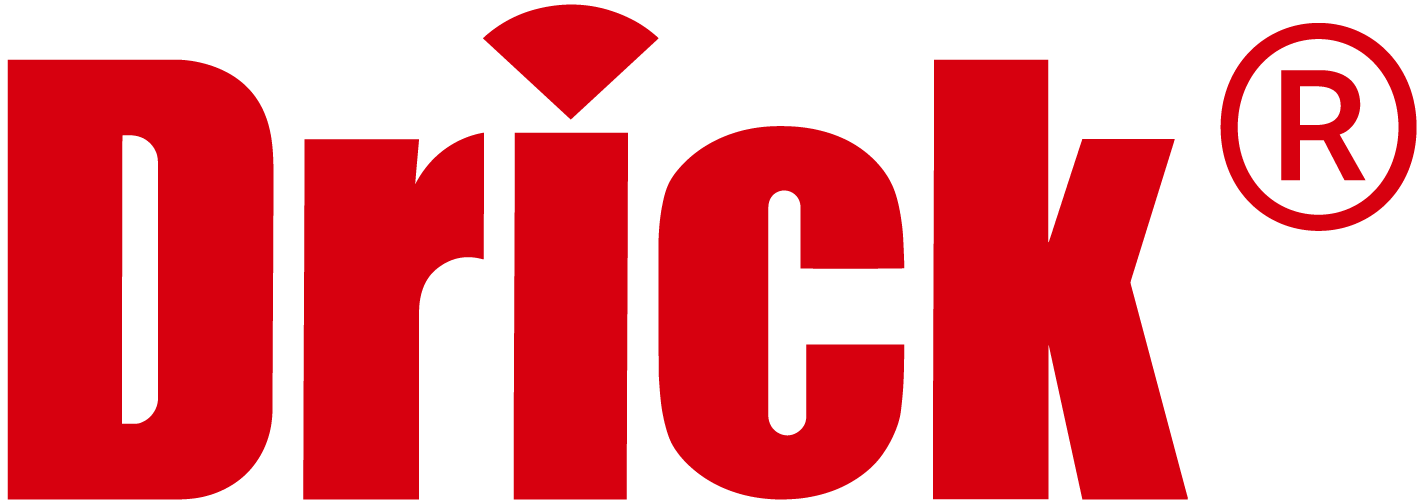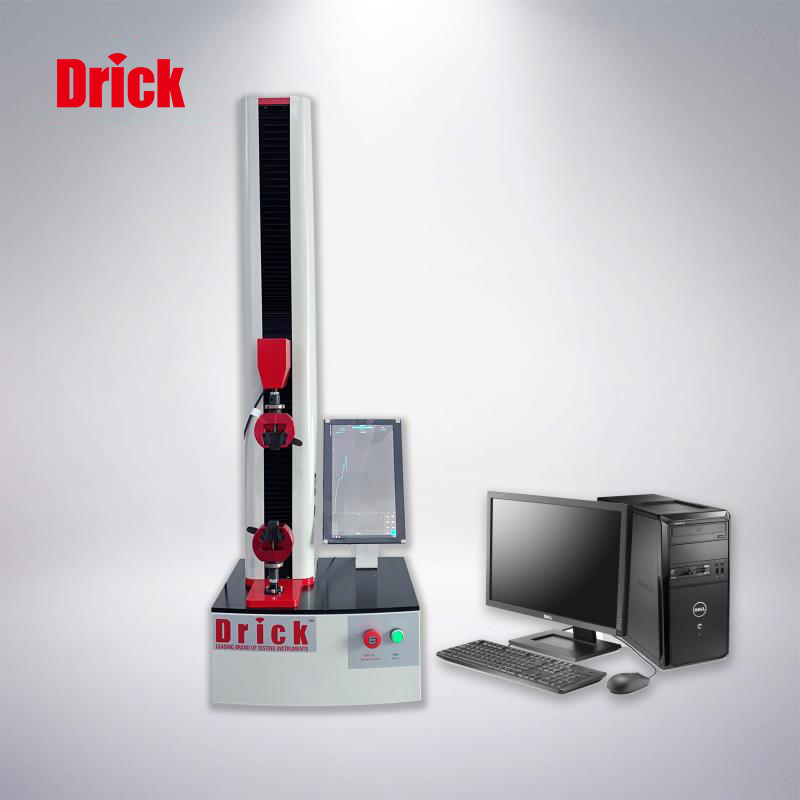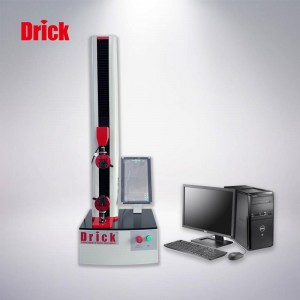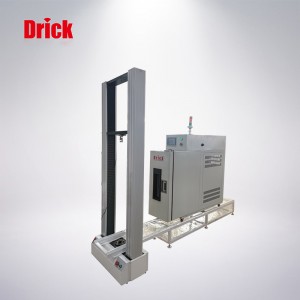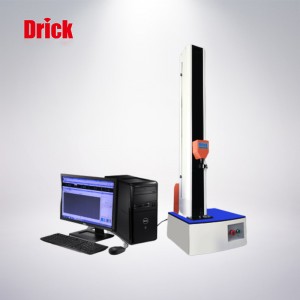DRK101 High-speed Tensile Testing Machine
DRK101 high-speed tensile testing machine adopts AC servo motor and AC servo speed control system as the power source; adopts advanced chip integration technology, professionally designed data acquisition amplification and control system, the test force, deformation amplification, and A/D conversion process are realized Fully digital adjustment of control and display.
First. Function and Use
DRK101 high-speed tensile testing machine adopts AC servo motor and AC servo speed control system as the power source; adopts advanced chip integration technology, professionally designed data acquisition amplification and control system, the test force, deformation amplification, and A/D conversion process are realized Fully digital adjustment of control and display.
This machine can test and analyze the mechanical properties of various metals, non-metals and composite materials. It is widely used in aerospace, petrochemical, machinery manufacturing, wires, cables, textiles, fibers, plastics, rubber, ceramics, food, and medicine. For packaging, aluminum-plastic pipes, plastic doors and windows, geotextiles, films, wood, paper, metal materials and manufacturing, the maximum test force value, breaking force value, and yield can be automatically obtained according to GB, JIS, ASTM, DIN, ISO and other standards Test data such as strength, upper and lower yield strength, tensile strength, elongation at break, tensile modulus of elasticity, and flexural modulus of elasticity.
Second. Main Technical Parameters
1. Specifications: 200N (standard) 50N, 100N, 500N, 1000N (optional)
2. Accuracy: better than 0.5
3. Force resolution: 0.1N
4. Deformation resolution: 0.001mm
5. Test speed: 0.01mm/min~2000mm/min (stepless speed regulation)
6. Sample width: 30mm (standard fixture) 50mm (optional fixture)
7. Specimen clamping: manual (pneumatic clamping can be changed)
8. Stroke: 700mm (standard) 400mm, 1000 mm (optional)
Third. Technical Characteristics
a) Automatic shutdown: After the sample is broken, the moving beam will automatically stop;
b) Dual screen dual control: computer control and touch screen control are controlled separately, convenient and practical, and convenient for data storage.
c) Condition saving: test control data and sample conditions can be made into modules, which facilitates batch testing;
d) Automatic transmission: The speed of the moving beam during the test can be changed automatically according to a preset program or manually;
e) Automatic calibration: the system can automatically realize the calibration of the accuracy of the indication;
f) Automatic save: the test data and curve are automatically saved when the test is over;
g) Process realization: the test process, measurement, display and analysis are all completed by the microcomputer;
h) Batch test: For samples with the same parameters, they can be completed in sequence after one setting; i
i) Test software: Chinese and English WINDOWS interface, menu prompt, mouse operation;
j) Display mode: data and curves are displayed dynamically along with the test process;
k) Curve traversal: After the test is completed, the curve can be re-analyzed, and the test data corresponding to any point on the curve can be found with the mouse;
l) Curve selection: The stress-strain, force-displacement, force-time, displacement-time and other curves can be selected for display and printing according to needs;
m) Test report: the report can be prepared and printed according to the format required by the user;
n) Limit protection: with two levels of program control and mechanical limit protection;
o) Overload protection: When the load exceeds 3-5% of the maximum value of each gear, it will automatically stop;
p) The test results are obtained in two modes, automatic and manual, and reports are automatically formed, making the data analysis process simple.
Products categories
-

Phone
-

E-mail
-

Whatsapp
-

Top
